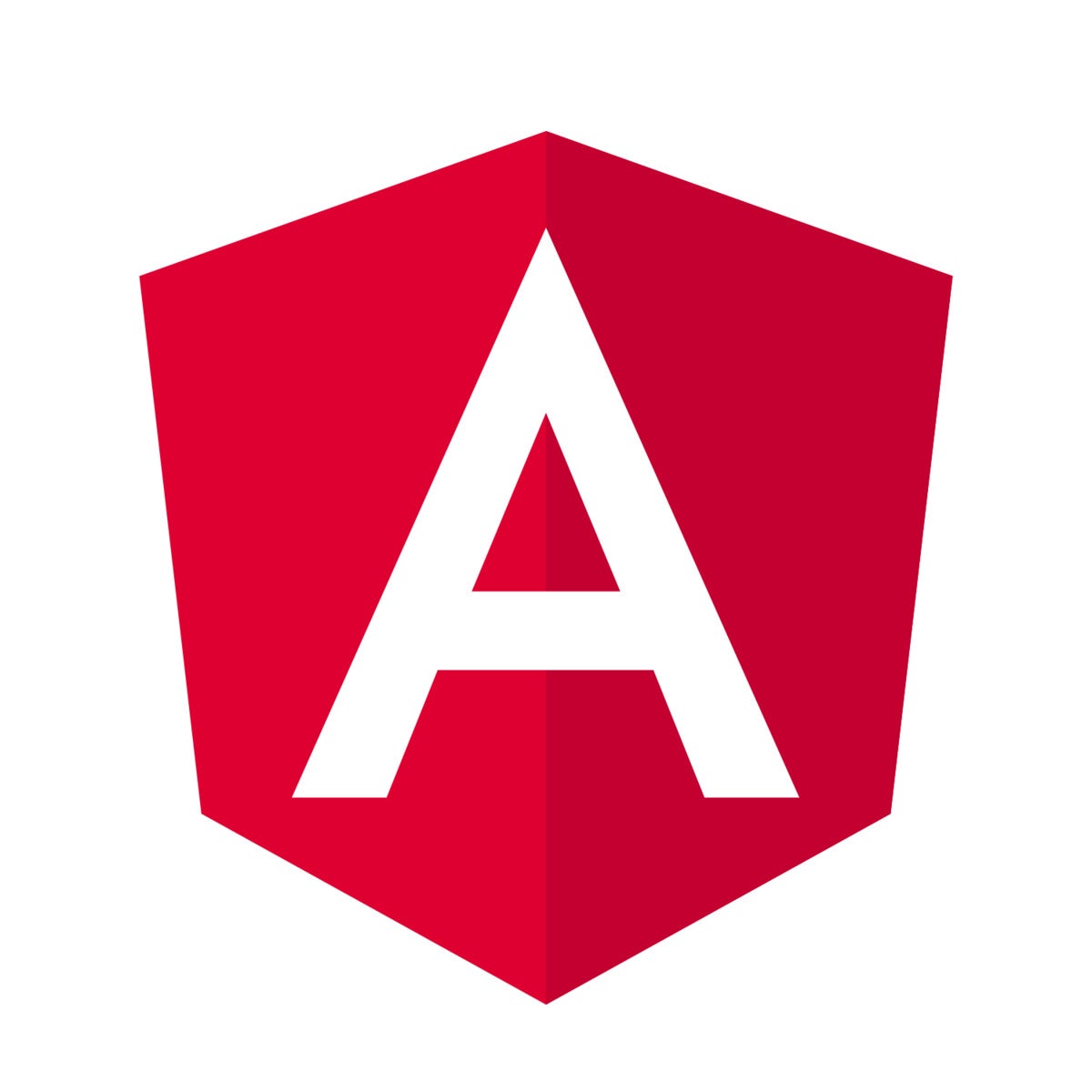Developers using Google’s TypeScript-based Angular web framework see room for improvement in server-side rendering, testing, debugging and profiling, initial load performance, and the component authoring format, according to the Angular Developer Survey 2022.
Results of the survey, which tabulated responses from more than 12,000 developers, were published May 23 by the Angular development team. Among users’ top priorities is better server-side rendering, and the team noted that a developer preview of hydration—the process of restoring the server-side rendered application on the client—shipped with Angular 16 earlier this month, along with compatibility with workers for rendering on the edge. Exploring partial hydration, resumability, and better integration of Angular Universal with the CLI are on the roadmap.
On the testing front, the Angular development team is replacing Karma in the Angular CLI with the Web Test Runner for in-browser testing, and adding support for Jest. Regarding debugging and profiling, improved stack traces shipped in Angular 15 in November.
As for initial load performance, the team is working on a more ergonomic component-level code-splitting API, allowing for declaratively annotating parts of the component tree that should be lazily loaded. And regarding the component authoring format, Angular 16 shipped required inputs and self-closing tags. The team is now working on input coercion and improvements in the control flow.
Elsewhere in the study, users’ favorite Angular feature proved to be dependency injection, followed by IDE support and CLI build tools. Overall satisfaction with Angular was more than 82%, while satisfaction with how the different parts of Angular integrate together rose to 89%, up from 85% in 2021. Nearly 70% of developers are using the latest two versions of the framework, with just 9% using Angular 11 or older.






